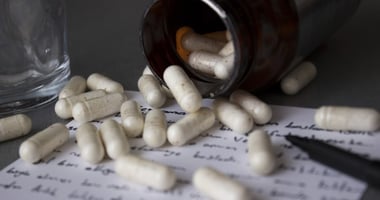Physical Activity May Be Protective Against Suicidality in Bullied Adolescents
 |
Using the 2013 National Youth Risk Behavior Survey (N=13,583), researchers from the University of Vermont analyzed the effect of physical activity on odds ratios for sadness, suicidal ideation, and suicide attempts according to whether students were bullied.
Overall, 30.0% of students reported sadness for at least two weeks, 22.2% reported suicidal ideation, and 8.2% reported suicide attempts in the previous 12 months. Bullied students were twice as likely to report feeling sad and three times as likely to report suicidal ideation or attempts.
But students who reported exercising four to five days per week had lower adjusted odds of sadness, suicidal ideation, or suicide attempts than students who exercised one day or less each week. After stratifying by bullying, similar but slightly weaker associations were observed. Overall, exercise for four or more days per week was associated with an approximately 23% reduction in suicidal ideation and attempts in bullied students.
“The consequences of bullying are well described, yet little is known about protective factors that may diminish the negative sequelae,” the researchers stated. “One possible factor, physical activity, improves mental health in general and clinical populations....We hypothesized that physically active students would be less likely to feel sad or report suicidal ideation or attempts, including bullied students."
For related information, see the Psychiatric News article "Effects of Bullying Don't End When School Does."
(Image: Jacek Chabraszewski/Shutterstock.com)





